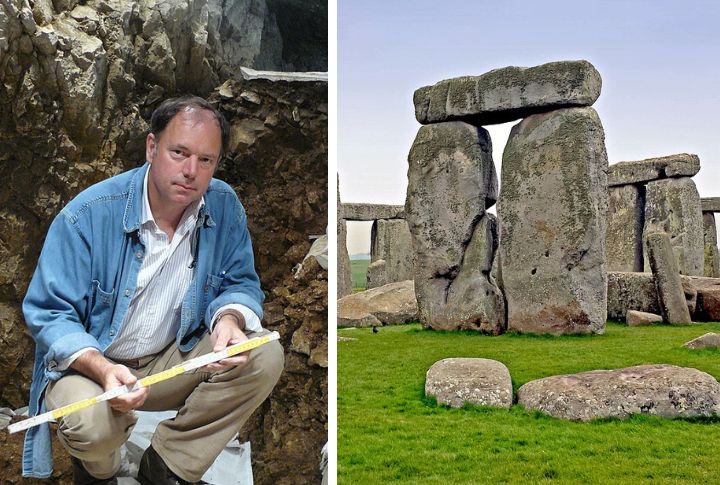
History is filled with mysteries, but some ancient discoveries are so baffling that even the experts are left scratching their heads. Despite technological advances and countless hours of research, certain artifacts and structures from the distant past remain unsolved puzzles. Let’s examine 15 baffling archaeological mysteries that keep the world wondering.
The Nazca Lines
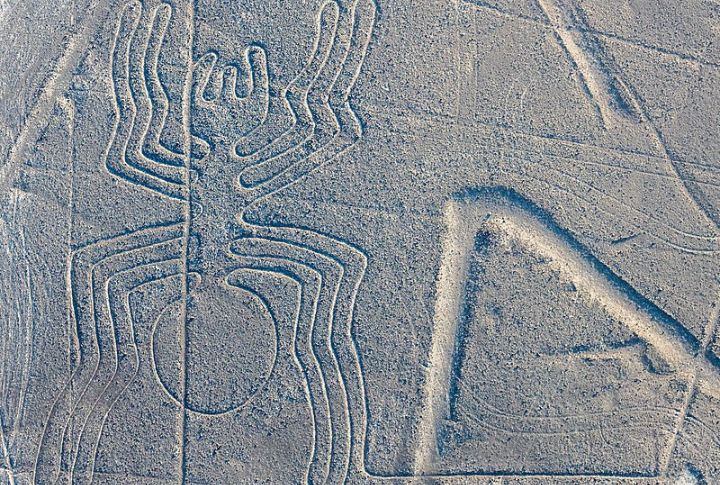
There is a barren desert in Peru where enormous shapes and animal figures are etched into the ground. The purpose of the Nazca Lines, created between 500 BC and AD 500, remains to be determined. Some suggest they served religious rituals or astronomical calendars, but definitive explanations continue to elude researchers.
Stonehenge
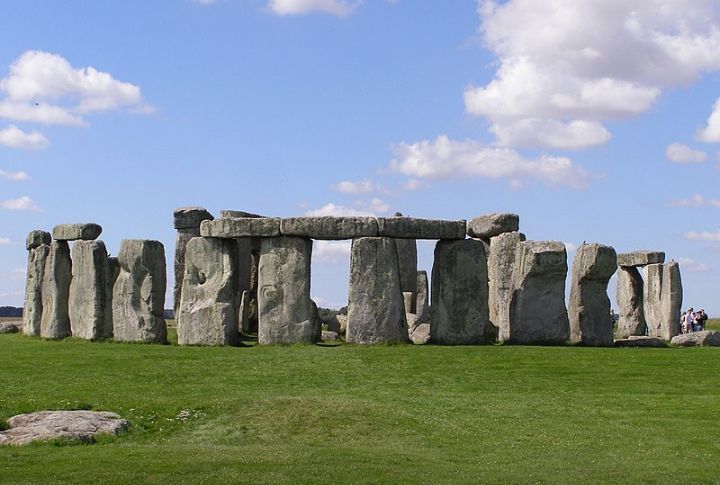
This prehistoric monument in England consists of gigantic standing stones arranged in a circular formation. Its purpose is debated, with theories ranging from a religious site to an astronomical observatory. While theories abound, we’re still left guessing why it was built and questioning the methods used to transport and erect these stones.
The Moai of Easter Island
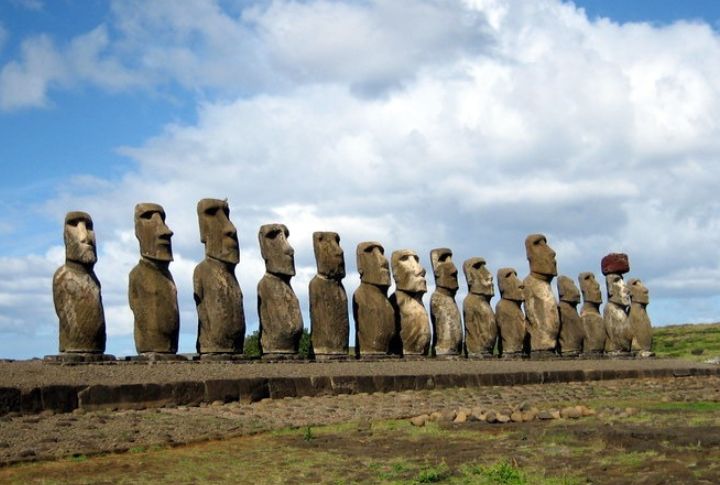
Imagine moving a 75-ton statue without modern machinery—that’s precisely what the Rapa Nui people of Easter Island managed to do with the Moai statues. The engineering feats involved and the mystery of how they were moved across the island make these statues a compelling subject of study and admiration.
The Sanxingdui Civilization

In China, the discovery of the Sanxingdui site unearthed incredible bronze artifacts from a civilization that seemingly disappeared 3,000 years ago. These intricate items, including gold masks and detailed jade carvings, show advanced craftsmanship and hint at a complex culture. The full significance of these relics remains unsolved.
The Great Pyramids of Giza
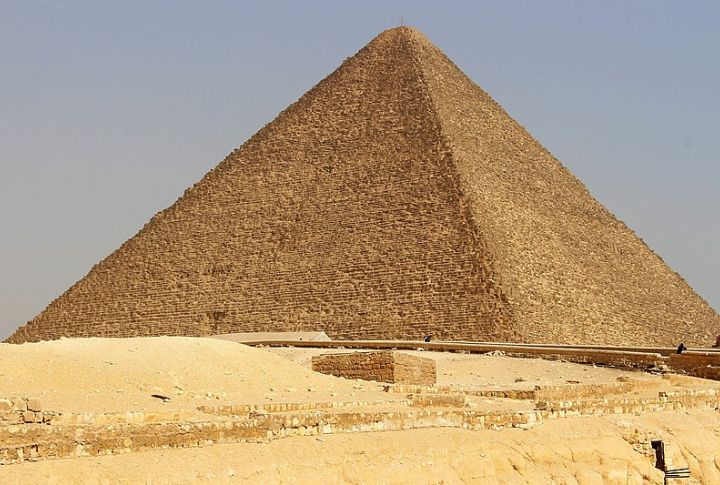
Built as tombs for Pharaohs, the construction of the massive Great Pyramids of Giza continues to command endless fascination. Aside from the speculations of their size and their precision of alignment, it is daunting to understand how such enormous stones were moved and placed with the tools available at the time.
The Dodecahedrons
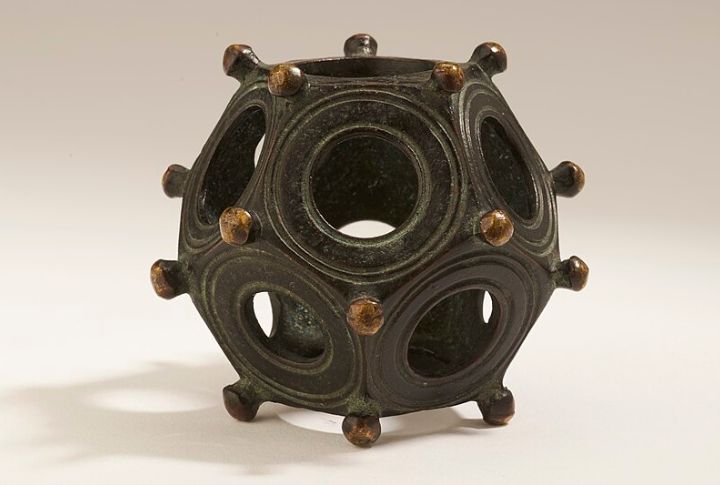
Found across the Roman Empire, these small, twelve-sided objects have perplexed archaeologists for years. Because of their complex design and the math involved in making them, some think they were used for math or astronomy. Others believe they were tools or decorative items, but there’s no solid proof to back up these guesses.
The Antikythera Mechanism
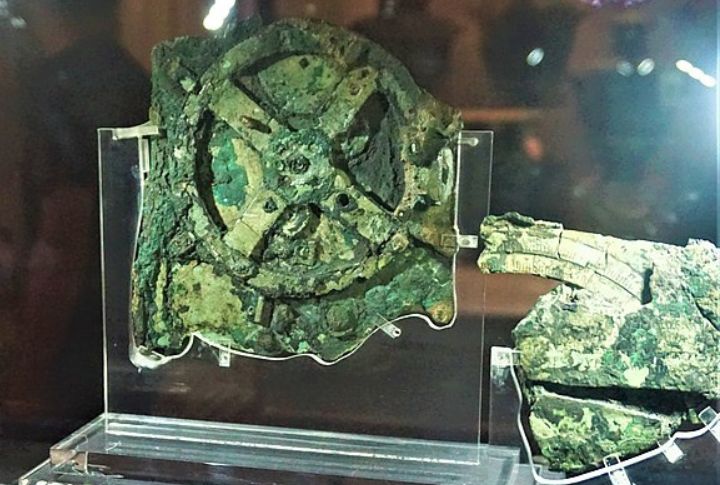
Discovered in a shipwreck, the Antikythera Mechanism is an antiquated Greek analog computer used to predict astronomical positions. Its complexity and technological sophistication raise questions about how ancient Greeks acquired such advanced technology and knowledge in antiquity.
The Copper Scroll
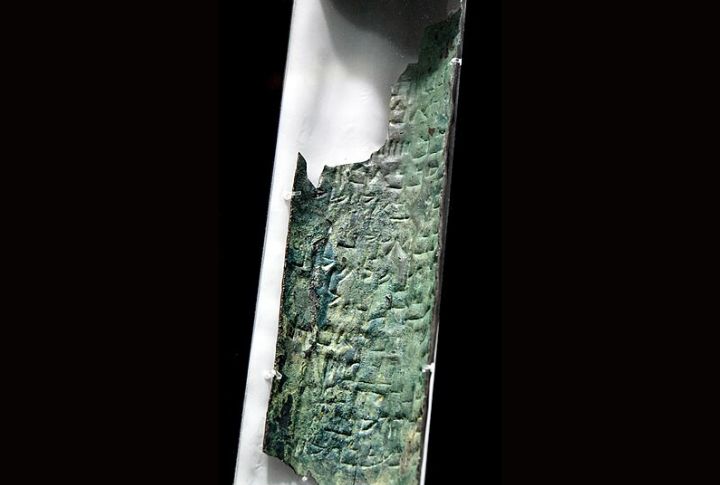
Like a treasure map from ancient times, it lists in cryptic detail where precious items, including gold and silver, might be hidden. Hinting at a careful plan to protect these treasures, it also includes specific landmarks and measurements. Yet, despite numerous attempts, no one has found these treasures.
The Tomb of Qin Shi Huang
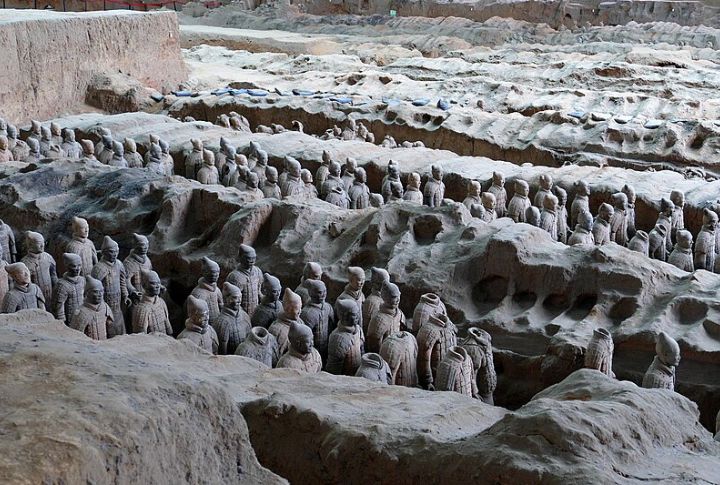
Qin Shi Huang, the earliest emperor of China, was buried in a tomb guarded by thousands of terracotta soldiers. While these clay warriors are well-studied, the tomb itself is off-limits as it’s believed to be laced with deadly mercury. What else lies inside it remains a secret unless someone braves the potential toxicity.
The Crystal Skulls
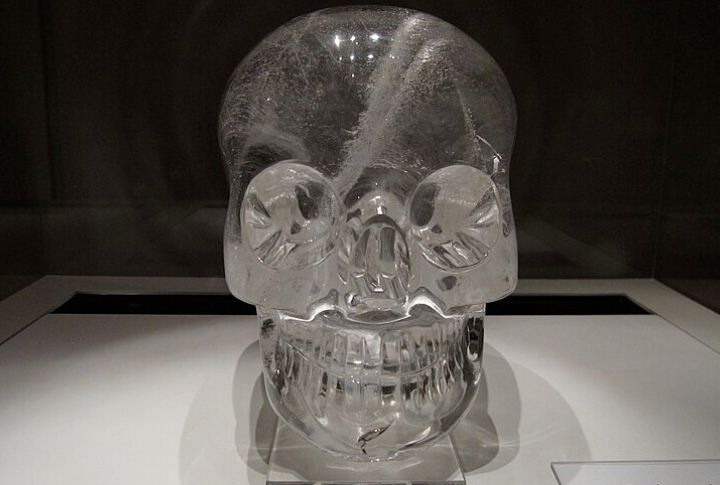
The crystal skulls, allegedly ancient Mesoamerican artifacts, have sparked debate regarding their origins and purposes. While some claim they possess mystical properties, scientific analysis suggests they may be modern forgeries. Despite numerous studies and tests, the true history and purpose of the crystal skulls have yet to be discovered.
The Piri Reis Map
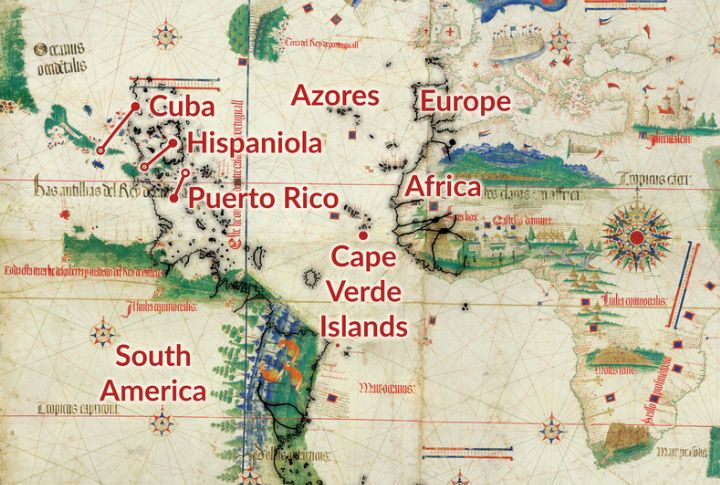
This 16th-century puzzle accurately depicts parts of America and Antarctica that were supposedly undiscovered at the time. The cartographic wonder raises questions about how an Ottoman admiral created such an accurate map and if he had access to ancient sources that are now lost to history.
The Baghdad Battery
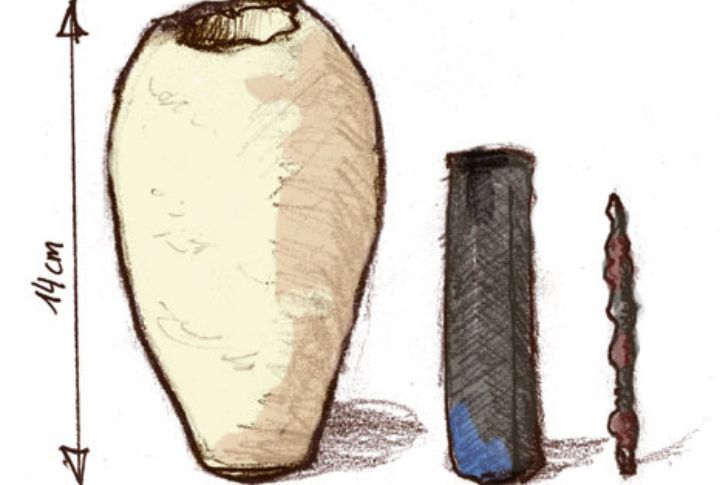
Discovered in Iraq, the Baghdad Battery, which consists of a terracotta pot, a copper cylinder, and an iron rod, has led to inconclusive speculations. Some believe it generated electricity for electroplating or medical purposes, while others think its purpose is ritualistic. Its true purpose and functionality remain a topic of debate among archaeologists.
The Large Stone Spheres of Costa Rica
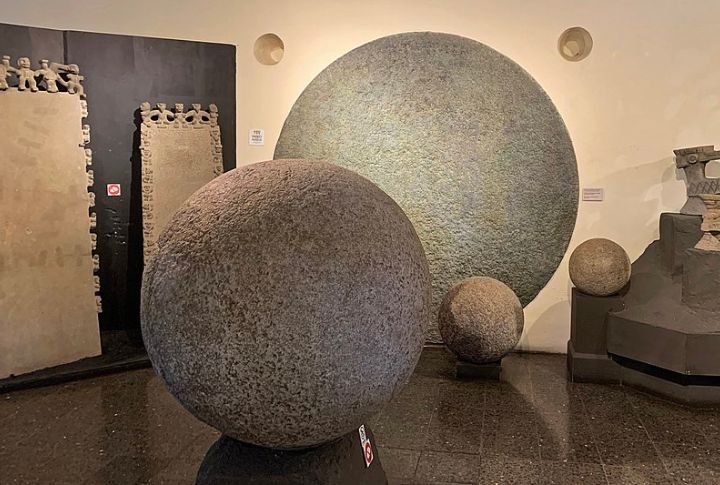
Found in Costa Rica, these perfectly round stone balls were created by the ancient Chorotega people. Scattered across the Diquís Delta, these spheres vary in size and weight. Questions of how they were made and what they symbolize have led to several theories and speculations about their use and cultural significance.
The Hohle Fels Cave Artifacts
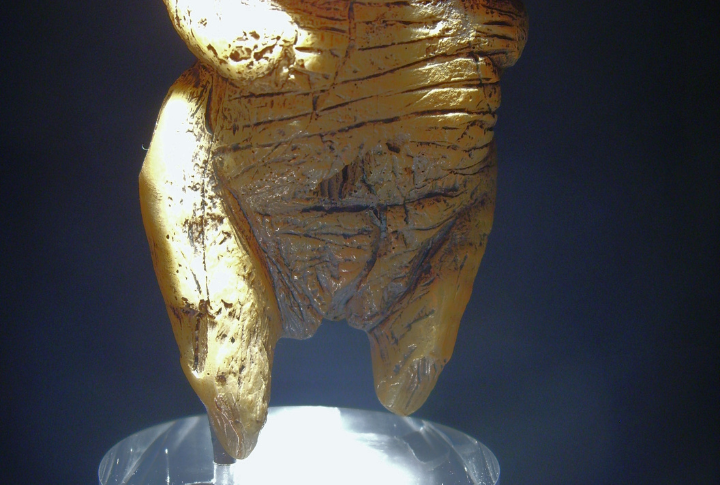
In a German cave, the Hohle Fels Cave revealed astonishing artifacts, including a 35,000-year-old flute and figurines, which suggests that early humans had advanced artistic abilities. These items suggest a rich cultural life, but whether they were used for rituals, music, or storytelling leaves us with questions about prehistoric creativity.
The Vinland Map
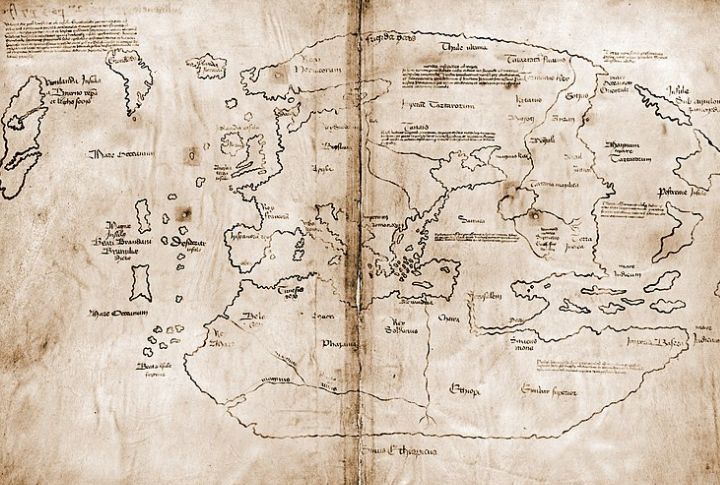
The Vinland Map is believed to potentially rewrite history by showing that Vikings reached North America before Columbus. Scholars have debated its authenticity for decades without a conclusive answer. Should it be genuine, it would reshape European exploration history, but if it’s a forgery, it remains a brilliant hoax.

